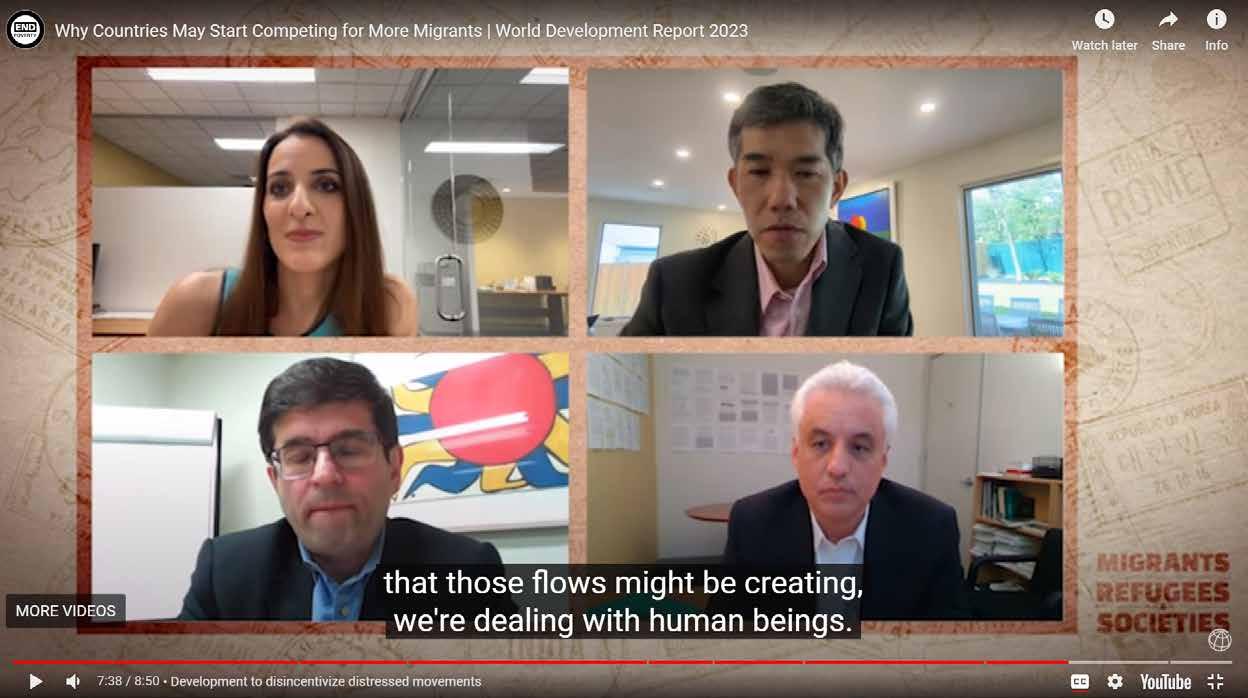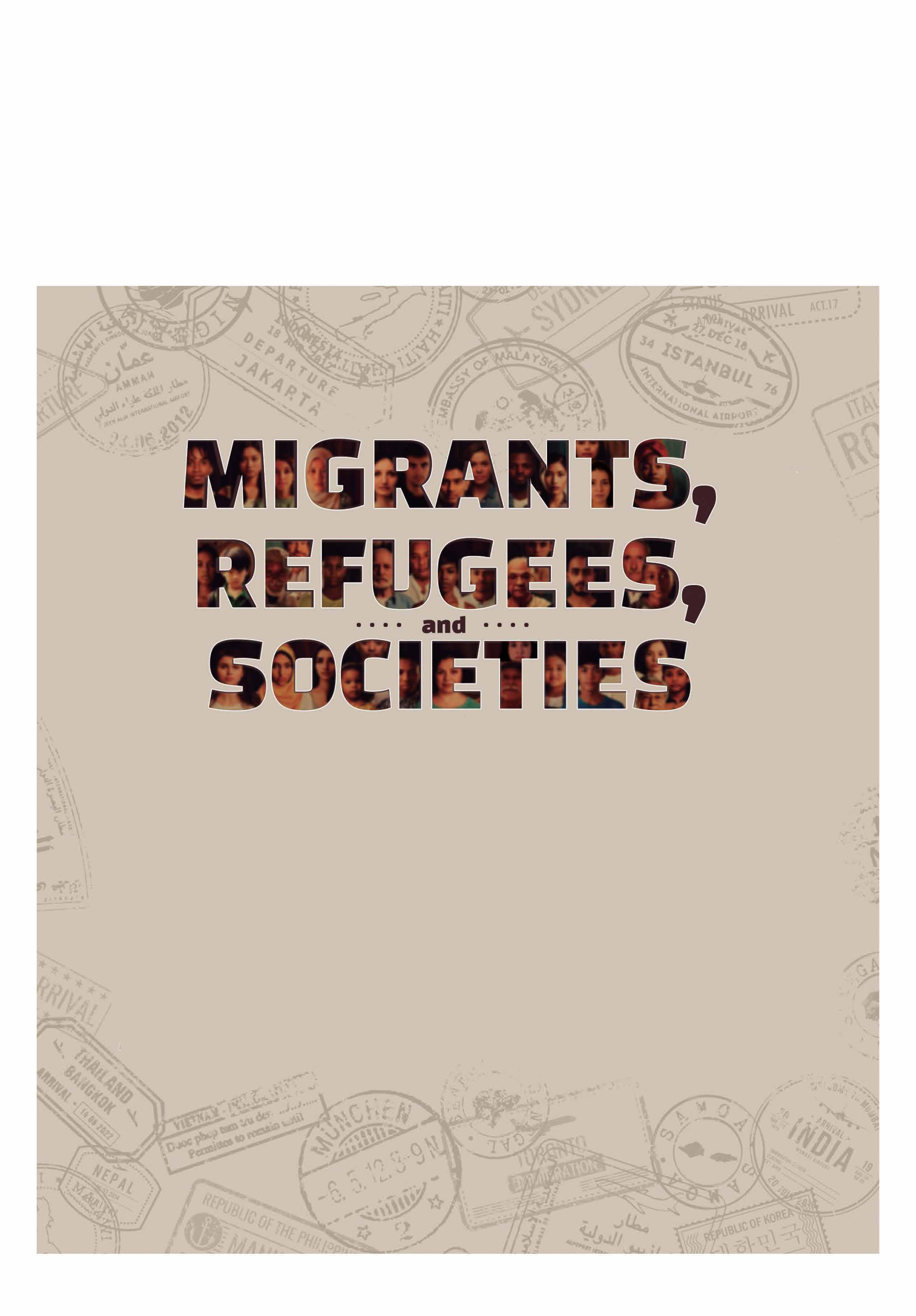
1 minute read
New Publications
World Development Report 2023
Migration is a development challenge. About 184 million people—2.3 percent of the world’s population—live outside of their country of nationality. Almost half of them are in low- and middle-income countries.
Advertisement
As the world struggles to cope with global economic imbalances, diverging demographic trends, and climate change, migration will become a necessity in the decades to come for countries at all levels of income.
World Development Report 2023 proposes an integrated framework to maximize the development impacts of cross-border movements on both destination and origin countries and on migrants and refugees themselves.
This approach enables policy makers to distinguish between different types of movements and to design migration policies for each. International cooperation will be critical to the effective management of migration.

Private Cities: Outstanding Examples from Developing Countries and Their Implications for Urban Policy


Institutional constraints and weak capacity often hamper the ability of local governments in developing countries to steer urbanization.
As a result, there are not enough cities to accommodate an unabated rural-urban migration and many of those that exist are messy, sprawling, and disconnected. The flipside is the emergence of entire cities—more than gated communities or industrial parks—led in whole or in part by private actors. To date, little systematic research has been conducted on the conditions that are necessary for such unusual entities to emerge, on the roles played by private actors, or on the consequences for efficiency and equity.
Private Cities: Outstanding Examples from Developing Countries and Their Implications for Urban Policy aims to fill this gap. Using an analytical framework that draws on urban economics and political science, it includes inventories of private cities in the Arab Republic of Egypt, India, Indonesia, and Pakistan and provides structured reviews of 14 outstanding examples across all developing regions.











